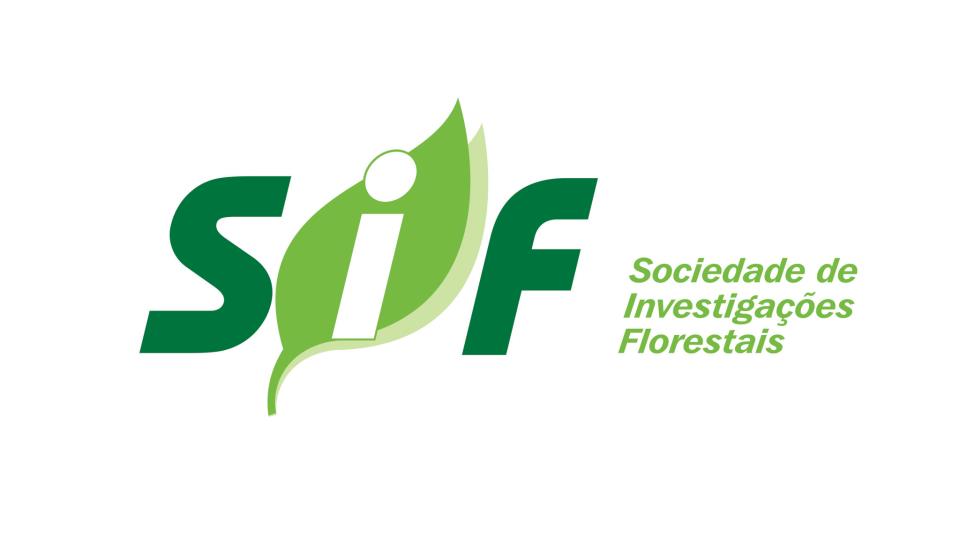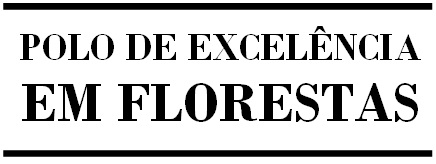Biblioteca Florestal
Digital
Digital
Estudo da estrutura da regeneração natural e da vegetação adulta de um cerrado senso stricto para fins de manejo florestal

JavaScript is disabled for your browser. Some features of this site may not work without it.
| dc.contributor.author | Barreira, Sybelle | |
| dc.contributor.author | Scolforo, José Roberto Soares | |
| dc.contributor.author | Botelho, Soraya Alvarenga | |
| dc.contributor.author | Mello, José Márcio de | |
| dc.date.accessioned | 2016-03-31T14:38:25Z | |
| dc.date.available | 2016-03-31T14:38:25Z | |
| dc.date.issued | 2002-06 | |
| dc.identifier.citation | BARREIRA, S. et al. Estudo da estrutura da regeneração natural e da vegetação adulta de um cerrado senso stricto para fins de manejo florestal. Scientia Forestalis, Piracicaba, n. 61, p. 64-78, jun. 2002. | pt_BR |
| dc.identifier.issn | 2318-1222 | |
| dc.identifier.uri | http://www.bibliotecaflorestal.ufv.br:80/handle/123456789/17354 | |
| dc.description.abstract | O objetivo deste estudo foi conhecer o processo de regeneração natural do cerrado através de parâmetros fitossociológicos quantitativos, contribuindo assim para a definição de métodos silviculturais e de manejo. O estudo foi realizado no município de Brasilândia, noroeste de Minas Gerais, em área pertencente à Mannesmann Florestal Ltda. Para o levantamento fitossociológico da regeneração foram demarcadas 30 parcelas de 60 m² e para vegetação adulta 30 parcelas de 1800 m². Para a regeneração natural foi medida a altura e feita a identificação botânica de todos os indivíduos com CAS 0,30 < 9,5 cm; para a vegetação adulta foram medidos a altura total, altura do fuste, CAP e CAS 0,30 de todos os indivíduos com CAS 0,30 ≥ 9,5 cm. Para a regeneração natural foram amostrados 2632 indivíduos, pertencentes a 24 famílias e 49 espécies, e para a vegetação adulta foram amostrados 9929 indivíduos pertencentes a 27 famílias e 62 espécies. Existiu uma grande similaridade (82,6%) entre as espécies contidas no estrato arbustivo-arbóreo e o estrato que compreendeu a regeneração natural. As espécies com maior abundância na regeneração natural, à exceção da Qualea grandiflora, não apresentaram alta abundância no estrato arbustivo-arbóreo. Do contingente de espécies do estrato arbóreo, 72,6% são raras na área de estudo, no entanto, somente cinco das espécies mais abundantes representam 52,4% dos indivíduos de porte arbóreo na área. As espécies Eugenia dysenterica, Kielmeyera coriacea, Qualea grandiflora, Lafoensia pacari, Davilla elliptica, Erythroxylum deciduum, Erythroxylum suberosum, Vochysia rufa, Casearia sylvestris, Byrsonima coccolobifolia, Hymenaea stigonocarpa, Magonia pubescens, Pouteria marginata, Sclerolobium aureon, Annona coriacea, que apresentaram densidade relativa maior ou igual a 1, têm potencial de sofrer intervenção quando se está interessado na produção de madeira, com exceção da Casearia sylvestris que, apesar de ter densidade relativa maior que 1, tem porte em diâmetro muito pequeno. | pt_BR |
| dc.description.abstract | In an area of cerrado senso stricto, on the Brejão Farm, owned by Mannesmann Florestal Ltda, situated at 17º 02’S and 45º 50’W, at 575 m of altitude, in the town of Brasilândia, Northwestern Minas Gerais, a phytosociological survey of the natural vegetation and of the adult vegetation was conducted, with the objective of knowing the process of natural regeneration of cerrado through phytosociological quantitative parameters, contributing to the definition of silviculture and management. The regeneration sampling was performed in 30 plots of 60 m² and of adult vegetation in 30 plots of 1800 m². To natural regeneration was measured the height and was measured the botanical identification of all the individuals with CAS 0,30 < 9,5cm was done; to the adult vegetation, total height, bole height, CAP and CAS of all the individuals, with CAS 0,30< 9,5cm were measured. To natural regeneration 2632 individuals, belonging to 24 families and 49 species were sampled and to adult vegetation were sampled 9929 individuals belonging to 27 families and 62 species. The individuals density in regeneration was estimated in 14622.25 individuals/ha and to shrub-tree vegetation, 1838 individuals/ha. The species Aspidosperma tomentosum, Casearia sylvestris, Erythroxylum deciduuum and Qualea parviflora stood out in natural regeneration, corresponding to 52.6% of the total density in the area. In the shrub-tree vegetation, the species Qualea parviflora, Pouterea torta, Eugenia dysenterica, Kielmeyera coriacea and Qualea grandiflora, standing for 52.4% of the total. Although species as (Eugenia dysenterica, Kielmeyera coriacea, Hymenaea stigonocarpa, Magonia pubescens, Annona coriacea) have the potential to suffering intervention. They must be protected for they present potential for nobler uses than firewood / coal. Species of economic interest for fruit production and medicinal products as Dipteryx alata, Annona coriacea, Caryocar brasiliense, Dimorphandra mollis are considered rare in the studied area. | pt_BR |
| dc.format | 15 páginas | pt_BR |
| dc.language.iso | pt_BR | pt_BR |
| dc.publisher | Instituto de Pesquisas e Estudos Florestais | pt_BR |
| dc.relation.ispartofseries | Scientia Forestalis:,n.61; | |
| dc.subject.classification | Ciências Florestais::Silvicultura::Dendrologia e fitossociologia | pt_BR |
| dc.subject.classification | Ciências Florestais::Meio ambiente::Ecologia e ecossistemas florestais | pt_BR |
| dc.title | Estudo da estrutura da regeneração natural e da vegetação adulta de um cerrado senso stricto para fins de manejo florestal | pt_BR |
| dc.title | The study of the natural regeneration structure and adult vegetation of cerrado senso stricto for forest management purposes | pt_BR |
| dc.type | Artigo | pt_BR |
Arquivos deste item
| Arquivos | Tamanho | Formato | Visualização | |
|---|---|---|---|---|
| Scientia_Forestalis_n61_p64-78_2002.pdf | 182.2Kb |

|
Visualizar/ |
|





